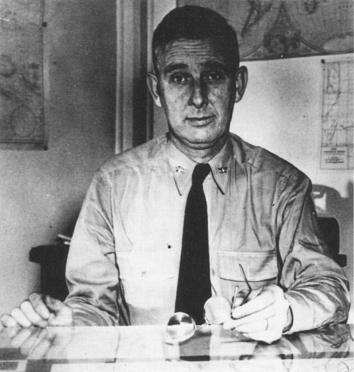

Hamstrung by Carter administration officials not interested in an offensive Navy, Hayward focused on readiness and training. Navy had a “ margin of superiority” over the Soviets, but that long-term trends did not favor the Navy and “we will lose our margin of superiority,” which could “evaporate by the mid-1980s.” Immediately Hayward sought to “change the terms of the debate from a budget battle to an analysis of the strategic issues for a global maritime power.” Hayward warned Congress that the U.S. Hayward became the 21st chief of naval operations in June 1978 and immediately began pushing his offensive mindset on the Navy, Congress and the Carter administration. Al Brandenstein - envisioned four carrier groups working to attack Soviet bases in the Pacific, specifically Petropavlovsk, and to prevent Soviet forces there from reinforcing their European front as they did in World War II. His “Sea Strike” concept directed the Pacific Fleet to take the fight to the Soviet Pacific Fleet and its bases early in the conflict.Īt its zenith, Hayward’s plan - developed by staff officers including Capt. The Soviet Kotlin-class destroyer Besslednyi, right, is seen May 10, 1967, in the Sea of Japan shortly after the ship collided with the American destroyer Walker. Several future CNOs, including Admirals Chester Nimitz, Louis Denfeld, Thomas Moorer, Jim Watkins and Gary Roughead, commanded the Pacific Fleet before coming to Washington as CNO, but Hayward’s trail there was unique in that he came from direct preparation for conflict, potentially on unequal terms as well. Pacific Fleet: A good place to prep for CNO

naval strategy by creating the CNO Strategic Studies Group program.įollowing the election of President Ronald Reagan and the confirmation of strategy-minded Navy Secretary John Lehman in 1981, Hayward set in motion the process for creating the Maritime Strategy and 600-ship Navy of the 1980s that played a prominent role in Cold War victory and in shaping the post-Cold War era that followed. Thomas Hayward brought with him an equal wealth of operational and tactical experience preparing for high-end, great-power war in the Pacific that he translated into operational and strategic impact in the Office of the Chief of Naval Operations, or OPNAV. Similar conditions existed when another Pacific Fleet commander came to Washington to become the chief of naval operations in 1978.


 0 kommentar(er)
0 kommentar(er)
